Anyone can build an audience online and eventually monetize it. Even if you’re just starting out.
As a new writer, you’ve probably looked at the sea of content online and thought, how will anyone ever find or care about what I write?
Then you’ve looked at countless big social media accounts with over 10k, 50k, and even 100k followers and thought, how do people even grow an audience that big?
If you want to get paid to write or turn your passion into income, you’ll need to build an engaged audience online.
The good news is that you don’t need thousands of followers to start seeing results.
In fact, some creators with over 10,000 followers earn far less than smaller accounts with just a few hundred loyal readers. That’s because it’s not about the size of your audience, it’s about finding your ideal audience and building a real connection with them.
This guide will walk you through how to build an audience from scratch, grow with purpose, and position yourself for writing success.
Let’s get into it!
Write With a Target Audience in Mind
If you don’t know who you’re writing for, you’re going to struggle to build an audience that sticks around. When your message is too broad, it ends up connecting with no one.
Avoid trying to talk to everyone. You want your content and your entire online presence to be cohesive and clear. Whether someone finds you on Instagram, your blog, or LinkedIn, they should get the same message. This is what you’re about and how you help.
But in my experience, this kind of clarity doesn’t happen overnight.
There’s a phase in the beginning where your content might be all over the place. You’re testing ideas, figuring out what excites you, and slowly gaining clarity. And that’s okay.
It’s rarely talked about, but it’s so important to know that you won’t have it all figured out from the start.
I love watching “how I started my online journey/freelancing/etc” videos and reading blogs or LinkedIn posts from creators I admire. They remind me that even the people I look up to had a messy beginning.
Most of them didn’t wait until they had the perfect niche or knew exactly who their audience was. They just started and figured it out along the way.
And this has helped me on my own journey. I write for my yesterday self.
The version of me who knew she wanted to start a blog but hesitated.
The version of me who didn’t understand how content could turn into money but believed she could figure it out just like everybody else.
The one who was full of self-doubt but kept showing up anyway.
That’s the person I speak to in my content, because I know there’s someone else who will benefit from it too.
And it’s helping me grow my blog and build an engaged audience on LinkedIn too.
How to Find Your Target Audience
When you’re trying to find your audience, ask yourself:
- What stage of life are they in?
- What do they do for a living?
- What are they interested in?
- What do they wish they could change to feel more fulfilled?
Then marry this with topics you genuinely care about.
For example, if you’re a parent and are passionate about feeding your kids healthy meals on a budget, start by sharing your real struggles and the practical tips that helped you.
Somewhere out there, a parent is going to read your post and feel seen. That’s the start of your community.
I recommend allowing yourself a “niche-hopping” phase for about one to three months. During that time, create consistent content around different themes you’re drawn to.
Watch what resonates with both you and your audience.
Content creation involves a lot of listening to your constructive inner self. Deep down, you already know what direction feels right, and when it doesn’t, you’ll also know it.
Don’t be afraid to pivot until you find your thing.
This is a long-term game.
Ask yourself if you’ll enjoy talking about that topic every single day. If the answer is yes, you’re on the right track.
Stay Focused When Writing For Your Target Audience
Once you land on a niche that lights you up, it becomes easier to attract your ideal audience and even spot potential clients who align with your message and values.
Just remember that the goal of content is to serve.
You’re not solving every problem in someone’s life. You’re showing up to help in one specific area, whether it’s in their business, career, or personal growth.
And that’s how you attract your ideal audience and keep them coming back. Because you’re focused on one clear thing that you help them with and they see themselves in your stories.
They trust that you understand what they’re going through.
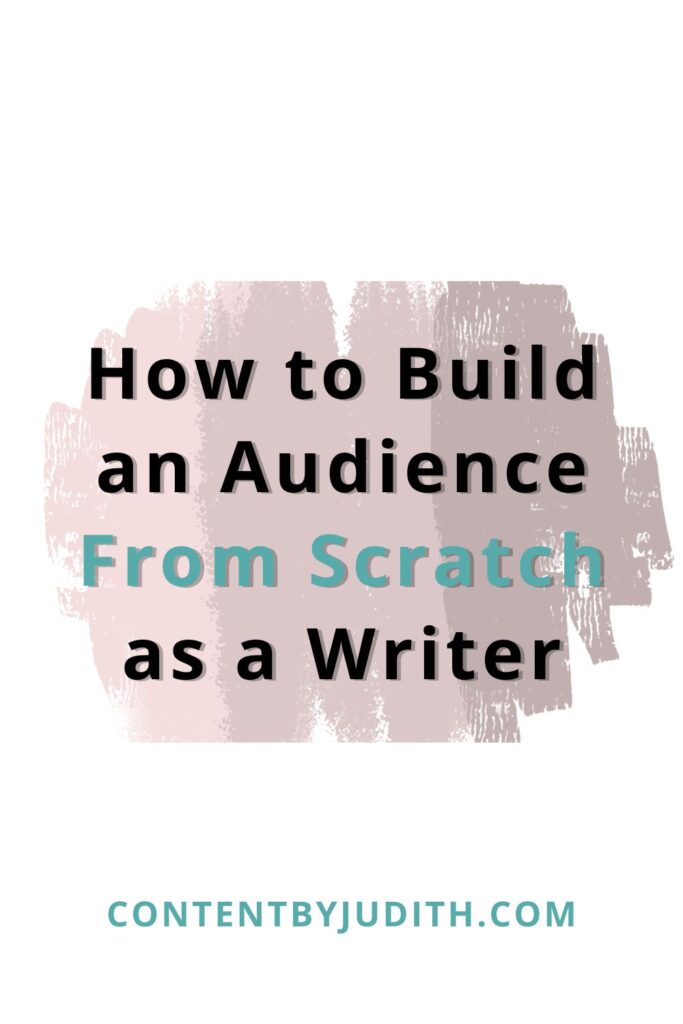
Publish Quality Content to Build an Audience
If you want to build an audience online, you can’t afford to publish weak, vague, or surface-level content.
Present your ideas with clarity and confidence like you know what you’re talking about (because you do!)
And make sure every piece you publish has a clear takeaway for your audience. They should walk away with something they can apply, reflect on, or feel encouraged by.
To grow your audience, aim for a healthy mix of these four content types:
- Inspirational
- Relatable
- Educational
- Social proof/client success stories
I loved Phil Shorland’s take on creating social proof posts in this LinkedIn post he shared some time back:
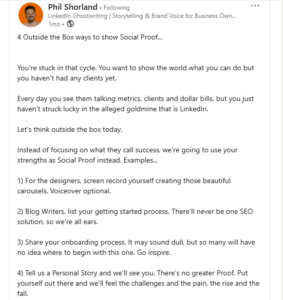
Let’s look at a breakdown of how each of these content types look like.
1. Inspirational Content
This type of content empowers your audience by showing them what’s possible. These are your “if I can do it, so can you” stories.
Share moments when you overcame self-doubt, took a bold step, or achieved something you once thought was out of reach.
These stories build connection and hope – two things that help you build a loyal and engaged audience.
2. Relatable Content
Relatable content is where you share your everyday challenges, honest lessons, or observations about life and work.
This is where your audience sees themselves in your story and feels a sense of connection.
When sharing about your challenges, focus on what you learned, how you moved forward, or what advice you’d give someone facing something similar.
Your content becomes more powerful when you turn your challenges into teachable moments.
3. Educational Content
Educational posts are your how-to content.
As a copywriter or service provider (web designer, personal brand strategist, business coach, etc), you can teach others how to do what you do. Copywriters can teach about writing stronger headlines, creating better hooks, or improving their writing workflow.
This not only serves your audience, but it also positions you as an expert. You’re building credibility and showing potential clients that you know your stuff. And when people trust your knowledge, they’re more likely to hire you.
4. Social Proof Content
This one is huge for anyone trying to build an audience, especially if you’re looking to attract clients.
Social proof posts are basically client success stories, testimonials, and positive feedback.
Even if you’re just starting your digital writing journey, you can still share wins like:
- Kind messages you received after helping someone for free
- Screenshots of someone saying your content inspired them
- Before-and-after examples of how your content helped a brand
- Behind-the-scenes of your content writing process (eg How I write a 1500-word blog post)
It all counts and shows that what you’re doing works.
Pay Attention to SEO and Marketing
SEO helps with content discoverability. You can’t build an audience if no one can find your work.
It’s not enough to just write and hit publish. You need to be intentional about the words you use when discussing a given topic. That means incorporating keywords – the words and phrases your audience is already searching for.
So for example, for this article, I’m targeting the keyword “build an audience,” and you’ll notice I’ve sprinkled it naturally throughout this post along with a few related phrases. Also known as secondary keywords.
Secondary keywords support your primary keyword and help search engines understand what your content is about.
Apart from SEO, headlines are also an important element to pay close attention to.
Think about the articles you click on. Chances are, they speak directly to something you care about. Things like “One Easy Way to Create 30 Days of LinkedIn Content in 1 Hour” or “The Secret to Writing Words That Sell Every Time”
See what those titles have in common? They’re specific, clear, and they use power words. Words like “easy,” and “secret,” are power words. They make your headline stronger and more clickable.
Avoid using vague, generic statements as your blog titles. You want your headline to pull the reader in with a promise that your content will deliver.
Once your article is published, the work doesn’t stop there. You need to promote it on social media to drive traffic to it.
Pinterest is a great platform for this, but I’ve also used Instagram stories, Facebook, and LinkedIn to promote my blog posts.
Still, that’s not the end of it. You also want to keep an eye on your analytics (likes, comments, views, impressions). In the beginning, these numbers might be small (unless you hit gold on your first try, which can happen).
But over time, tracking performance helps you understand what your audience wants more of.
If you notice a spike in views when you talk about a certain topic, that’s a clue.
Test it and create more content around it.
I believe this is the best way to find your niche. By listening to what resonates with your audience while sticking to what you enjoy writing about.
Be Consistent
Readers love consistency.
If you drop a masterpiece today but don’t publish again for six months, you’ll lose momentum and likely your readers too. It’ll feel like starting over every time.
That’s why it’s important to have a content plan. Set aside time each week to create and prep your content.
You can either schedule it ahead of time or keep it saved in your drafts (on Medium, your blog, or anywhere you post) so it’s ready to go live when you want to hit publish.
Also, make time to engage after publishing. Especially with social media and Medium content. Make it a habit to reply to comments, interact with others, and keep the conversation going.
Consider batch creating content to maintain consistency.
My weeks go so much smoother when I’ve scheduled a few LinkedIn posts in advance. It’s mostly a day, two days, or a week’s worth of content.
I haven’t reached a point where I can schedule a whole month’s worth of content (yet!), but I can only imagine how freeing that must feel. Just focusing on engagement for the rest of the month because my content’s already done is goals!
But hey, baby steps.
The key is to create a system that works for you right now.
And don’t be afraid to experiment with specific posting times. That’s part of the growth process.
Think about how much you miss your favorite creators when they don’t show up for a while. That’s because you value their content. Emulate that.
Show up consistently so your own audience starts to look forward to hearing from you too.
Don’t Expect Overnight Success as You Build an Audience
Growing an audience takes time.
You’ll likely run into challenges. You’ll experiment. You might even feel like giving up at times. And that’s all part of it.
What matters most is that you don’t stop.
Keep learning. Keep solving. And keep going.
Focus on getting your foundation right: Understand who you’re speaking to and get clear on your goals.
Know what you want from the audience you’re building and develop a content strategy that supports all of that.
Don’t be afraid to test, change things up, and pivot as needed. Once you find something you truly enjoy talking and writing about, you’ll start to enjoy this whole journey more. And the beauty is, your audience will feel that energy.
People are drawn to creators who are genuinely excited about what they do and committed to helping others.
And I’d just like to remind you that follower count doesn’t determine whether or not you’ll land paid opportunities.
I currently have less than 1,500 followers on LinkedIn but I still get hired to write. In fact, my first and international client hired me when I had less than 900 followers and was still figuring a lot of things out.
So don’t let low numbers hold you back.
Send that pitch. Apply for that opportunity. Put your name in rooms you want to be in.
The beautiful part is that working with clients fast-tracks your learning. You suddenly have real accountability because you don’t want to fail. You want to deliver results and get a good testimonial.
That mindset pushes you to figure things out, learn quickly, and pick up new insights from the client.
Then you take that knowledge and apply it to other projects. That’s how growth happens. One step, one post, and one lesson at a time.
Try Doing Video
I know you’re a writer and the idea of creating video content might feel like stepping into unfamiliar territory. But video content is becoming more and more popular, and for good reason.
It tends to reach more people and gives your audience a deeper connection with you. They get to hear your voice, see your expressions, and feel the energy behind your message.
It humanizes your brand.
You don’t have to jump into video content right away. But it’s something to seriously consider for long-term growth and staying relevant.
I believe video content played a role in helping me land my first client. Apart from linking my LinkedIn articles in my Upwork proposal, I had a few video posts on my LinkedIn profile.
I think those clips gave my client a better feel for who I am. Not just what I can write but the kind of person they’d be working with.
Wrapping Up
Building an audience doesn’t happen overnight. But if you stay consistent, create valuable content, and genuinely connect with people, your audience will grow. So will your opportunities.
If you’re just starting out or trying to pick up momentum again, remember your words have power. Use them to help, inspire, and serve. That’s how you build trust and impact with the right people.
I’d love to hear from you, where are you focusing your energy?
Which platform do you want to build an audience on first (or next)? Drop a comment below. I’m cheering you on!
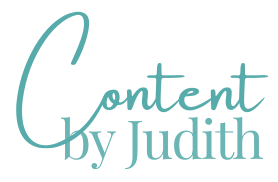
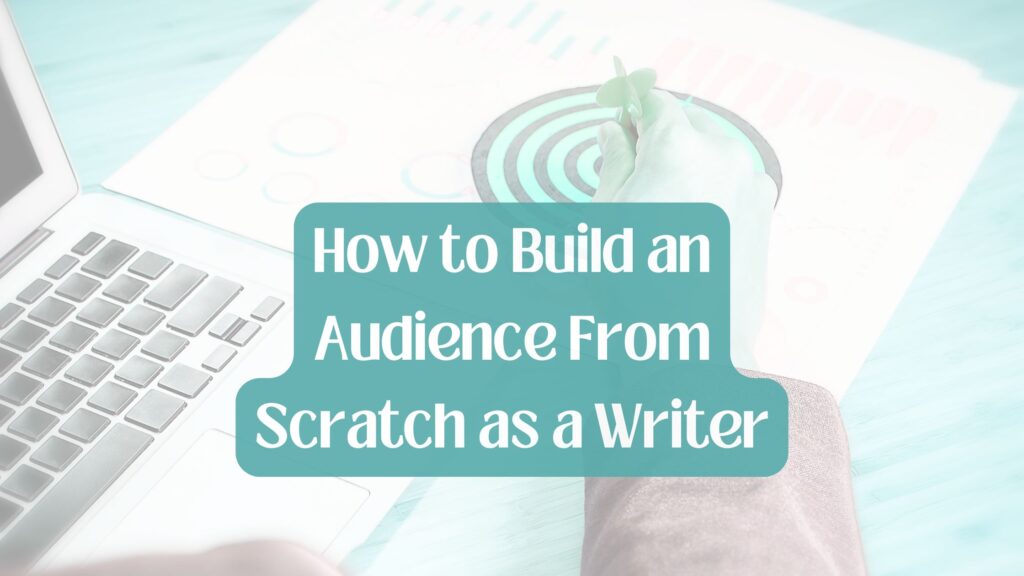

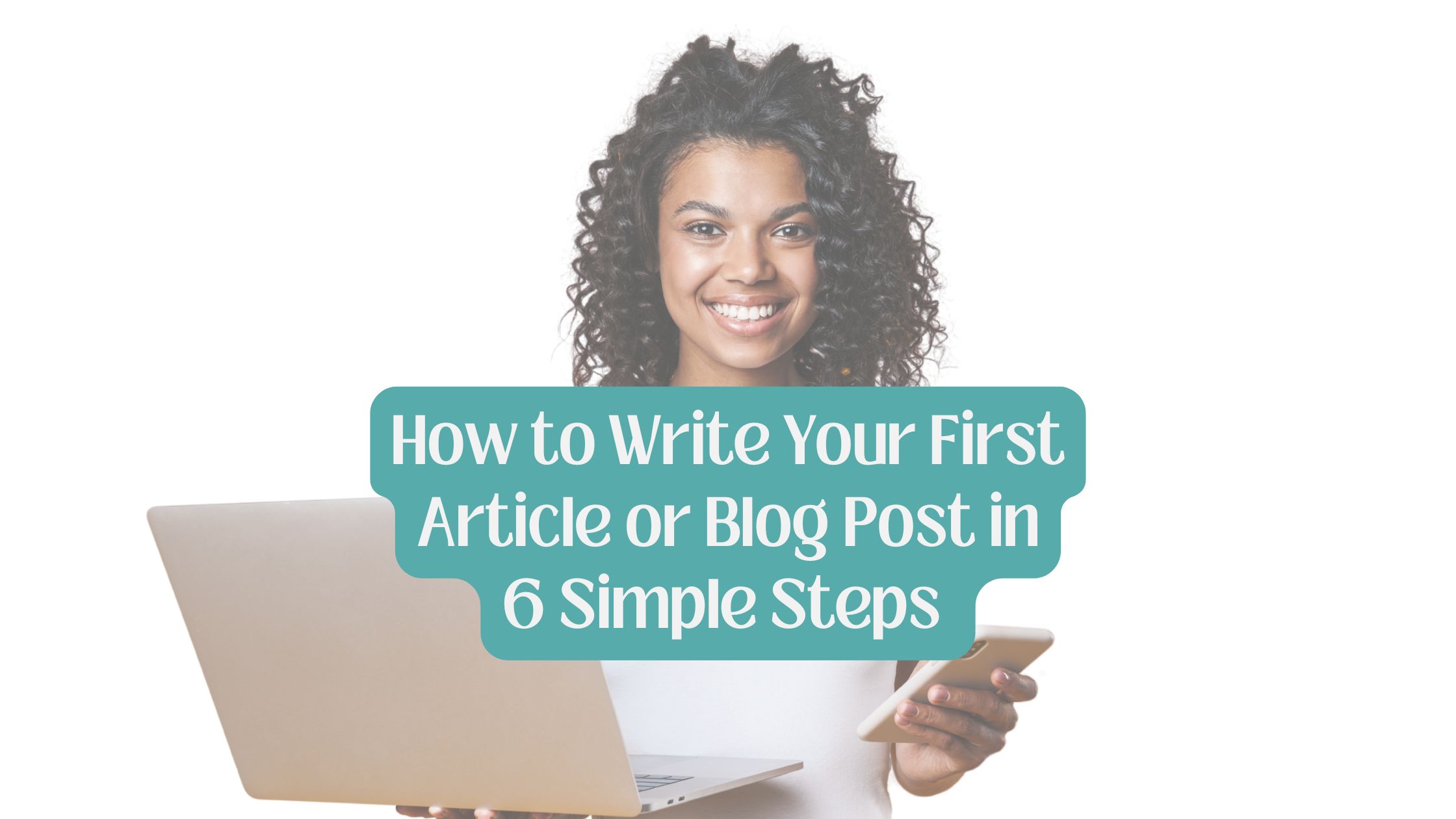
3 Responses
Good https://is.gd/N1ikS2